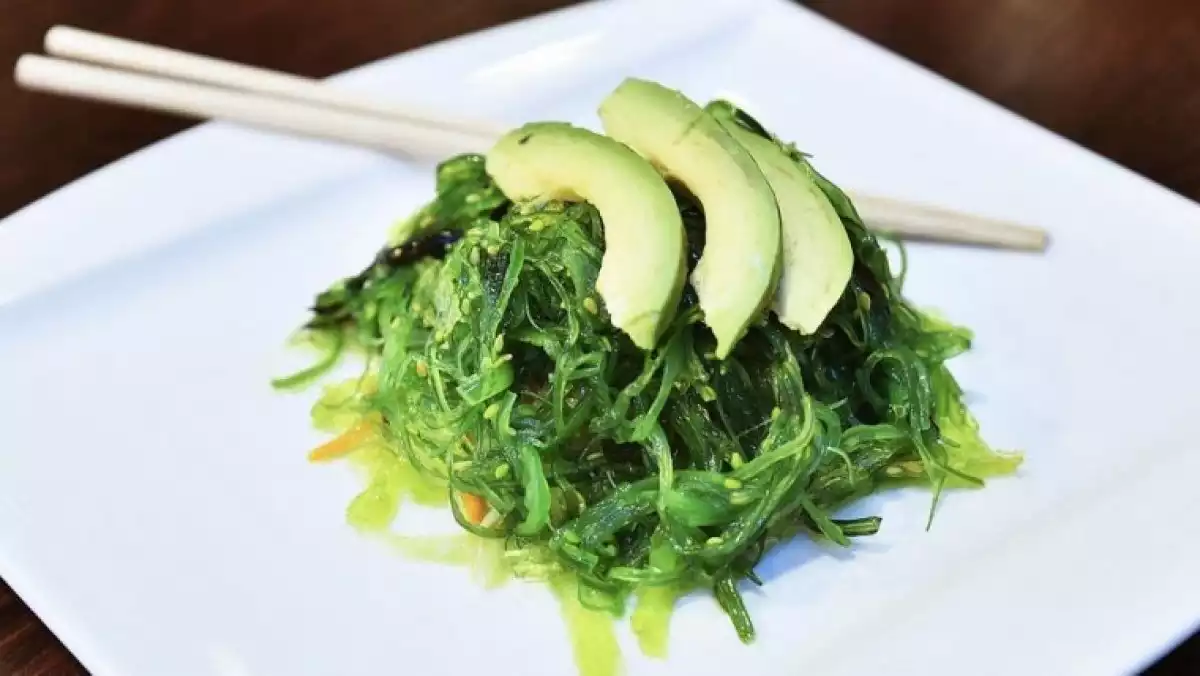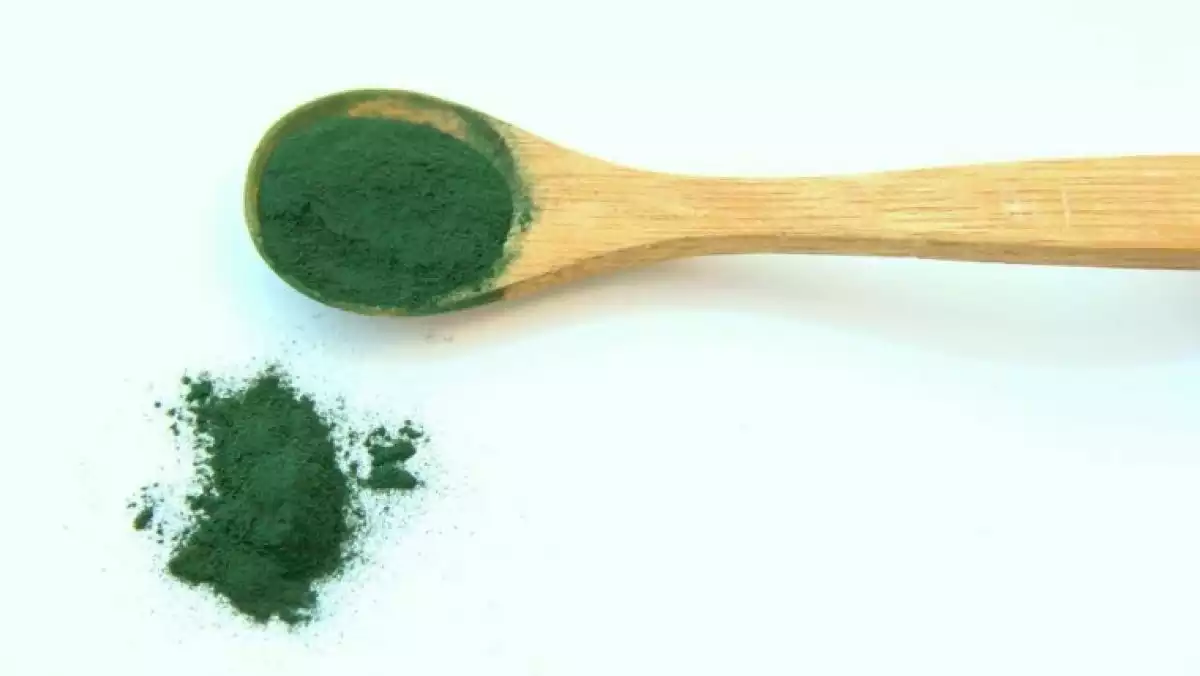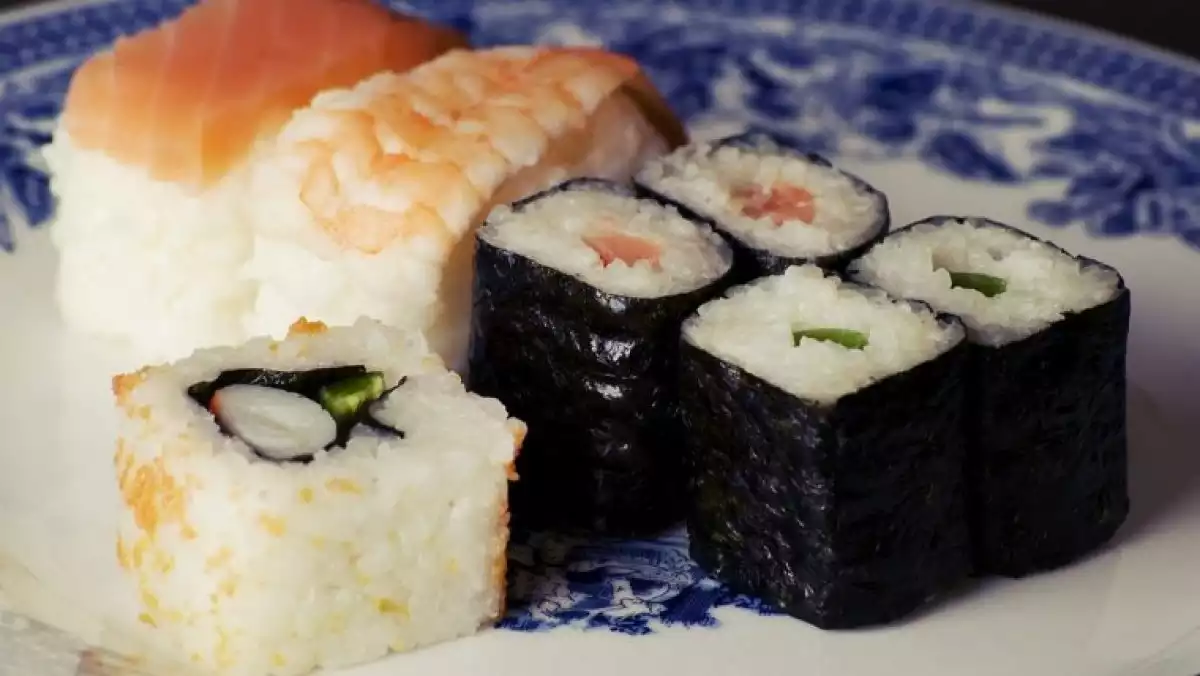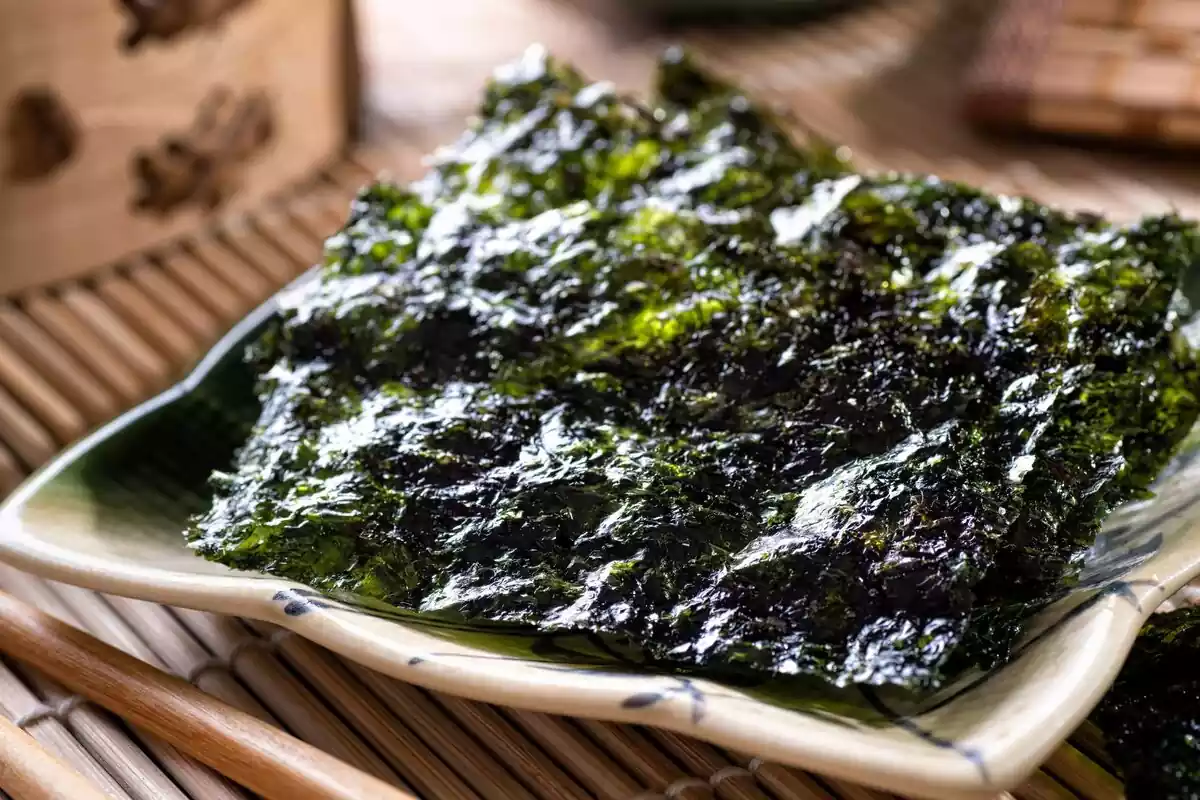
Whether classified as belonging to the Protista or the Plantae kingdom, algae are important organisms for the conservation of planet Earth.
Typically, when we think about algae, we picture the most common variations, such as wakame or nori but this article will examine the three main types of algae: red, green, and brown, all the types of edible seaweed and where to find them.
What are algae?
Algae are marine organisms with a high content of chlorophyll and other pigments which are responsible for photosynthesis.
Due to their cellulose and pectin concentration, algae have a viscous and sticky texture.
These aquatic organisms are a vital element in our life on Earth and an essential element in marine ecosystems.
Phytoplankton, for example, is a type of unicellular algae that serves as food for other animals known as zooplankton, such as shellfish, that in turn represent a food source for larger zooplankton, like small fish.
More massive algae, on the other hand, represent a type of habitat for marine animals and when these die, they're consumed by decomposing organisms, mostly fungus, and bacteria.
Where to find algae
These organisms can be unicellular or multicellular and can be found in both salt water as well as in fresh water. According to scientists, there are around 27,000 types of algae identified, and the majority of them are marine plants.
Algae can also be found in unusual places such as tree trunks, snowbanks, and thermal water. There are also certain types of seaweed that lives inside other animals, on fungus, or individual plants.
Green, red, and brown microalgae live primarily at the bottom of the sea, among great rock formations. The organisms tend to bundle up together in colonies known as seagrass meadows or macroalgae forests.

Classification
The three most common types of algae belong to two distinct plant kingdoms: green algae (Chlorophyta) to the Plantae order and red (Rhodophyta) and brown algae (Phaeophyceae) belong to the Protista order.
Here are some of the main characteristics of each plant kingdom and their divisions.
Protista kingdom - red and brown algae
The essential traits of the Protista order are that any plant classified as being a part of it can be both a unicellular as well as a multicellular eukaryote organism. Furthermore, they don't have complex organic systems which is why brown and red algae are mainly a part of this order.
Red seaweed is mainly a marine organism which belongs to the Protista order, although some species can be a part of the Plantae kingdom.
Brown algae, however, are multicellular organisms found exclusively in water and they are believed to be the most prominent type of algae and tend to form vast underwater forests. There are also floating types of brown algae, such as sargassum.
Plantae kingdom - green algae
The Plantae kingdom, on the other hand, contains live organisms that are autotrophic eukaryotes - they produce their own food. Green algae are typically found in freshwater, and only 10% of its different species are marine.
The reason why algae are classified as being a part of the Plantae kingdom (subclassification Virdiplantae) is that they are the basis on which all the plants on Earth evolved.

Edible algae
The primary use of these organisms is human consumption, and we usually encounter seaweed as the main ingredient in salads and sushi due to being rich in vitamins, fatty acids, and natural pigments. The following list includes some of the most known types of edible algae.
1. Nori
Nori is one of the most famous edible algae and an essential staple in Asian agriculture. Japan consumes billions of tonnes of this plant yearly, as it is the main ingredient in Japanese sushi. When dry, nori has the appearance of black paper.
This algae can also be toasted and shredded and then added to salads, rice dishes, soups, cakes, and bread.
2. Kombu
Kombu is a seaweed used primarily in vegetable dishes as it reduces cooking time by softening the fibers of the vegetable and making them more digestible. This alga is also considered to be a natural flavor enhancer similar to glutamic acid.
3. Wakame
Wakame is a popular seaweed used for making algae salad. It has a subtle taste and its recommended as a first choice once you decide to try edible algae. It has a strong green color and can also be used for soups, fish, and stews. The following video shows an easy to cook wakame seaweed salad recipe.
4. Spirulina
Spirulina is an extremely popular superfood; it has a blue hue and a relatively small size. Spirulina is considered to be the queen of protein because its high concentration of protein tops those found in eggs, meat, and fish.
This alga is also rich in Vitamin A, E, and B12 as well as minerals such as calcium and phosphorus. It can be used as a supplement, either in capsule or powder form, and mixed with different liquids to make beverages and shakes.
References:
Woese, C., O. Kandler, and M. Wheelis. 1990. Towards a natural system of organisms: proposal for the domains Archaea, Bacteria, and Eucarya. Proc. Natl. Acad. Sci. USA 87 (12): 4576–9.
